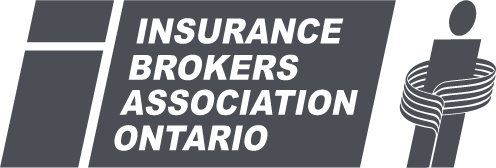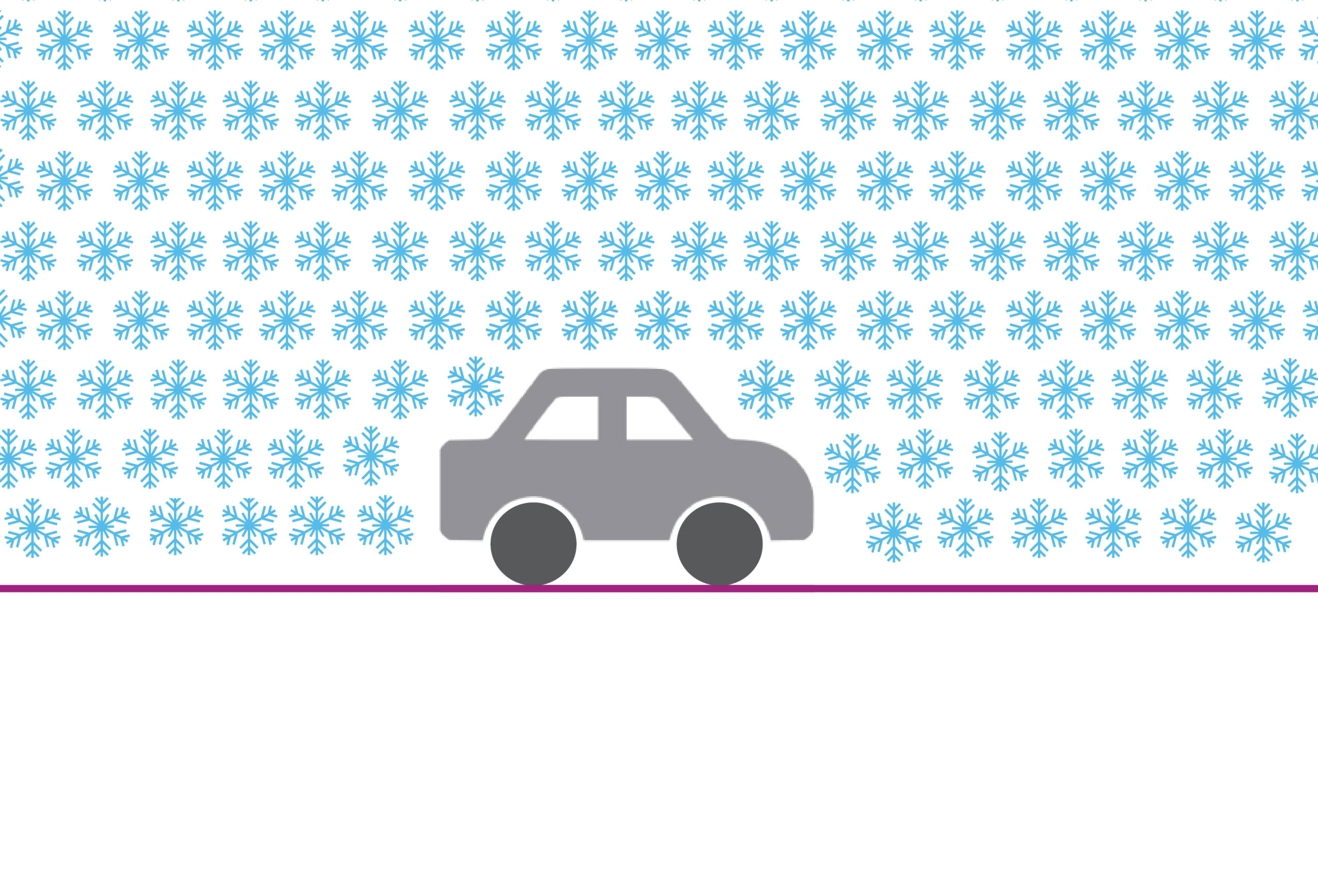The Intact/Uber Solution
The insurance market continues to evolve rapidly with the evolution of the sharing economy. On July 7th, Intact and FSCO announced the launch of coverage for all drivers and passengers who use Uber ridesharing services in Ontario. Improved coverage to protect Ontario drivers and riders is a positive step forward. For this we applaud Intact’s foresight and ingenuity. Given that this announcement is the first of its kind on many fronts, it’s no surprise there are questions. A few key components:
The solution is a positive catalyst for the quick advancement of electronic pink slips.
Approved by the regulator, the Intact/Uber solution allows for electronic pink slips. According to a FSCO bulletin:
“With this bulletin, I have approved an electronic insurance card that provides evidence of Intact’s insurance policy coverage… This new electronic insurance card has been approved under sections 1 and 16 (2) of the CAIA… On the issue of whether electronic insurance cards may be approved in the future for use more broadly in Ontario, I would note that the Canadian Council of Insurance Regulators (CCIR) has recently released its Electronic Proof of Automobile Insurance Issues Paper for public consultation. The paper sets out the findings and recommendations on coordinating efforts to operationalize the electronic proof of automobile insurance in Canada. Further information on this paper can be found on the CCIR website.”
As an association we strongly support electronic pink slip implementation; we’d like to see the initiative move forward quickly and have responded to the CCIR with our comments and questions. We believe Intact’s announcement is a signal for quick and positive change – their solution has acted as a catalyst for evolution. The trail has been blazed.
The solution keeps business within the broker distribution channel.
Intact’s decision to keep the business within the channel is a positive one, allowing brokers to write personal lines policies. We also applaud their decision to partner with a broker on the commercial lines side. That said…
… The commercial policy limits are different than full personal policy Accident Benefit buy-up options.
With this commercial solution, base level Accident Benefit coverage is available. While this is better than no coverage at all, this limits coverage and choice for consumers. Should an injury occur during a commercial transaction (i.e. an Uber ride) there’s a very real possibility individuals and passengers will reach their maximum benefit level and exhaust available funds, especially in the case of catastrophic injury. As an association we advocate for choice, options and appropriate coverage for all consumers – we’d like to see the commercial product evolve to allow for buy-up opportunities.
Despite Uber’s communications, drivers may still have gaps in coverage.
Uber released a statement to drivers stating they now have appropriate insurance coverage. It’s important brokers understand the nuances: while a commercial lines policy has been granted to all Uber drivers, there are still grey areas. Following the Intact announcement, some insurers stated that regardless of Intact’s commercial policy, they don’t have the appetite to cover Uber drivers on the personal lines side. Insurance companies have different approaches to the do you use your vehicle for compensation question. Some say they’d decline the risk. How the issue plays out in a claims scenario – whether the commercial use of a vehicle has been realistically disclosed – would be decided in court. At this time, no precedent has been set, and given past experience we believe the courts would avoid anti-consumer settlements, and insurers would approach all instances in good faith.
The solution is a step in the right direction, but it’s not the end destination.
It’s been reported by FSCO they fully expect the product and solution to evolve. According to FSCO’s CEO: “I want to emphasize that approved solutions may also need to evolve and adapt as circumstances and legal requirements change. Therefore, any policy form or endorsement that I approve is also subject to ongoing review.” We recognize this as a good first step, and look forward to ongoing discussion as we all work through the finer points. For further detail, check out a few of Intact’s resources: How are Drivers and Passengers Protected? + The Sharing Economy is Rapidly Growing.
Outstanding Questions
We’re working with Intact and other insurance companies on the following:
* What’s the recommended process for brokers when insuring a driver once they’ve disclosed they drive for Uber? How does a broker provide choice and appropriate coverage levels?
* Does an Uber commercial claim impact an AutoPlus report?
* How will other insurance companies evolve to support or compete with this personal/commercial hybrid?
Thank You!
We’d like to thank all our insurance company partners for their innovative developments that keep our industry relevant and responsive to consumer needs. Stay tuned for updates.









2 Comments
by Scott
Would it make sense to ask all drivers if they are Uber users and then develop additional coverage specifically for Uber users or does the enhanced AB coverages provide appropriate/adequate coverage? If something can be developed exclusively for both Uber users and drivers, it might help reduce the exposure of the Uber drivers and their insurers.
July 13 | 08:18
by IBAO
Interesting coverage idea. The Uber/Intact solution does cover both drivers and passengers, from the moment drivers make themselves available to accept a ride request, to the moment passengers exit the vehicle. With respect to A/B coverage, Intact’s commercial policy carries only Standard AB. It’d be prudent for brokers to urge clients who participate in Uber’s ridesharing program to consider purchasing increased optional benefits on their personal policy.
July 13 | 13:43